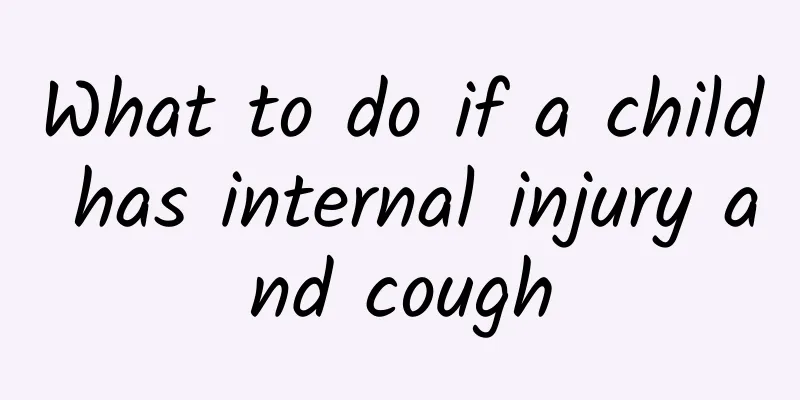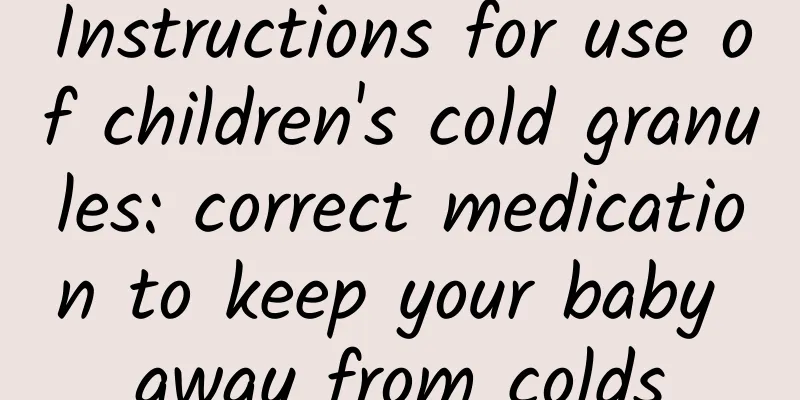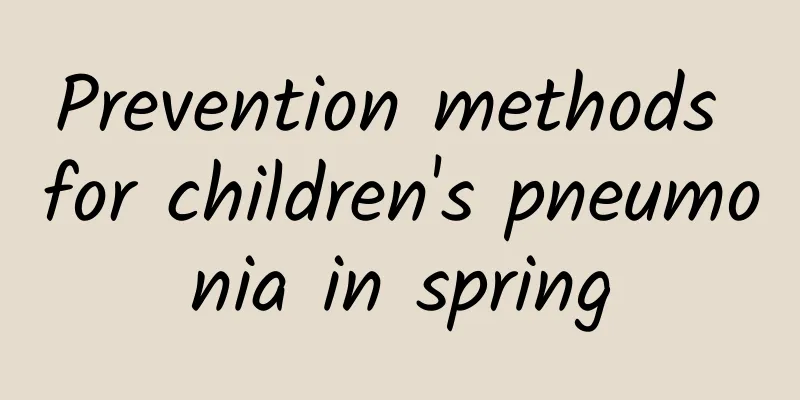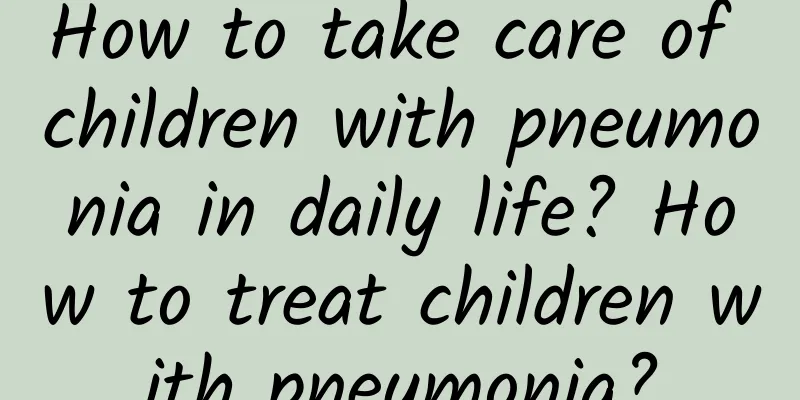What are the symptoms of hand, foot and mouth disease in children? 4 examination items for hand, foot and mouth disease in children

|
Hand, foot and mouth disease is a common disease in infants under 5 years old. Summer and autumn are the peak seasons for the disease, so parents should pay more attention. So, how to check if a child has hand, foot and mouth disease? If a child has hand, foot and mouth disease, he should go to the hospital for treatment immediately. What is hand, foot and mouth disease in children? What are the physical examination items for hand, foot and mouth disease in children? Let's take a look. What are the common symptoms of hand, foot and mouth disease? The incubation period of hand, foot and mouth disease is generally about 2-10 days. The initial external manifestations are similar to common cold fever, but as the disease progresses, some specific characteristics will appear. Common case symptoms As the name suggests, the most obvious symptoms of hand, foot and mouth disease appear on the hands, feet and mouth. Herpes similar to the size and color of rice grains will appear in these three affected areas. Children will feel pain, and some children may grow on the buttocks or anus. Children are also accompanied by low-grade fever (around 38)°C), rash and other signs, but they are usually not serious and heal naturally within 1-2 weeks without sequelae. Continuous low-grade fever may make the baby feel loss of appetite, dizziness, headache, etc., and cough and runny nose may occur from time to time. Symptoms of severe cases Very few children with hand, foot and mouth disease will have complications of the respiratory system, nervous system or circulatory system, among which meningitis, encephalomyelitis, myocarditis, pulmonary edema, circulatory failure, etc. are more serious. 1. The manifestation of respiratory problems is very obvious. The baby's lung function deteriorates, breathing is rapid or difficult, and symptoms similar to suffocation may occur. In severe cases, white or bloody foam may be spit out of the mouth. 2. Babies affected by the nervous system will become mentally relaxed, nauseous, vomiting, drowsy, etc., and some uncontrollable limb reactions will occur, such as limb convulsions, weakness, etc., and severe cases may suffer from cerebral edema, brain hernia, etc. 3. Although the abnormal performance of the circulatory system is not very obvious, we should also pay enough attention to it. When it is found that the baby starts to catch a cold, has a white face, and has a disordered heartbeat, he should be sent to the hospital for treatment in time. Although there are few serious cases of hand, foot and mouth disease, since there is such a possibility, we must prevent it. If the baby is infected with the virus, the mother must not relax her vigilance and observe the child's condition at any time. If there is any abnormality, the child should be sent to the hospital for treatment in time. Laboratory examination 1. The total number of white blood cells and the total number of neutrophils in peripheral blood are mostly normal cases. The white blood cell count may increase significantly. 2. Blood biochemistry examination may have mild ALT, AST, CK-MB in some cases, and blood sugar in severe cases. 3. Etiological examination specific EV71 nucleic acid is positive or EV71 virus is isolated. 4. Serological examination specific EV71 antibody test is positive. Complement test binding is the most sensitive, and positive results can be obtained 10 to 20 days after onset. 5. Cerebrospinal fluid examination has a clear appearance, increased pressure, leukocytosis (multinuclear cells may be more than monocytes in critical cases), normal or slightly increased protein, and normal sugar and chloride. When there are complications of the central nervous system, the number of cerebrospinal fluid cells may increase and protein may increase. 6. Confirmation is based on clinical diagnosis, EV71 nucleic acid test is positive, EV71 virus isolation or EV71IgM antibody test is positive, EV71IgG antibody increases more than 4 times or changes from negative to positive. Physical examination 1. Chest X-ray can show increased texture, grids, dots, and large shadows in both lungs. In some cases, it is unilateral, and bilateral large shadows progress rapidly. 2. There are no specific changes in the electrocardiogram. Sinus tachycardia or bradycardia, ST-T changes can be seen. 3. Magnetic resonance imaging is mainly brainstem and spinal cord gray matter damage. 4. EEG can show diffuse slow waves in some cases, and spike (point) slow waves in a few cases. |
Recommend
The four stages of pneumonia in children and their medication
Pediatric pneumonia can be divided into the conge...
Can children's cold and fever syrup be taken together with acetaminophen and phenanthamine?
It is not recommended to take children's cold...
What are the symptoms of pneumonia in children?
Symptoms of pneumonia in children include fever, ...
How to treat polio and recover
Polio patients must always take various active me...
How to tell if it's hand, foot and mouth disease
To determine whether it is hand, foot and mouth d...
How to treat a baby's cough?
In daily life, coughing is the most common sympto...
What are the nursing measures for acute laryngitis in children?
Every child is a treasure in the palm of his or h...
How long does it take to cure pneumonia in children?
Pneumonia often attacks violently, which brings a...
Will I get darker if I drink vc effervescent tablets during the day? Is it true that vc effervescent tablets can also remove freckles?
There are many flavors of VC effervescent tablets...
What should I do if my baby coughs and wheezes badly?
It is common for babies to cough, but when they c...
What should I do if my child has a recurring cough? Treatment of recurring cough in children
When children have recurrent coughs, medication c...
Will acute laryngitis in children always be accompanied by fever?
Will acute laryngitis in children always be accom...
Can children with pneumonia develop leukemia?
Can children with pneumonia develop leukemia? Chi...
Can children with hernia eat cassava?
Pediatric hernia is a relatively common pediatric...
What medicine should I take for patent ductus arteriosus?
What medicine should be taken for patent ductus a...









